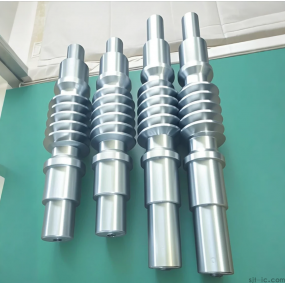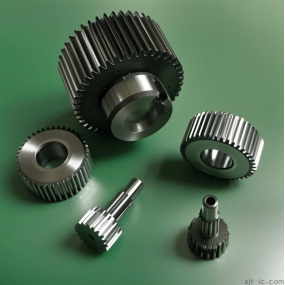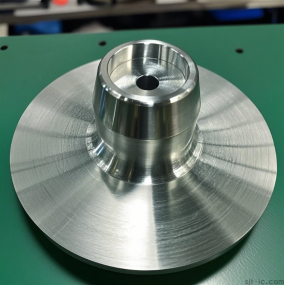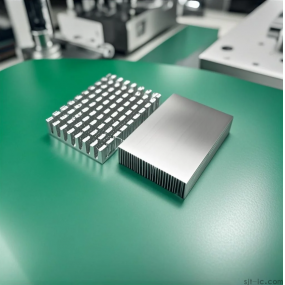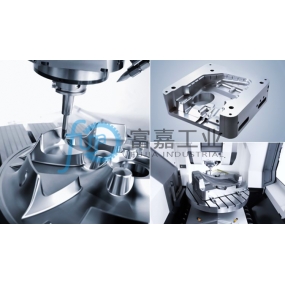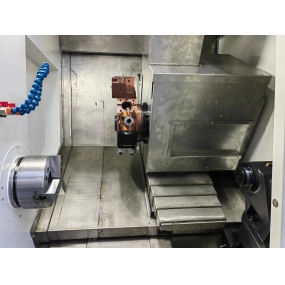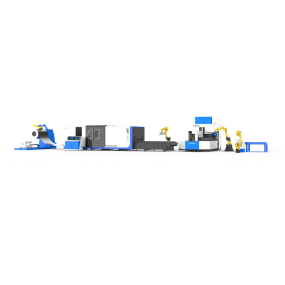Mechanical processing is a method of machining workpieces into the desired shape and size through cutting, grinding, lighting, and other methods. How to achieve part accuracy during mechanical processing is a very important issue. The accuracy of parts includes dimensional accuracy, shape accuracy, and positional accuracy. Below, we will specifically introduce how mechanical processing achieves part accuracy from several aspects such as machine tool selection, tool selection, process parameter selection, and process control.
Firstly, choosing the appropriate machine tool is crucial for ensuring the accuracy of the parts. The rigidity and stability of machine tools are very important influencing factors. For parts with high precision requirements, machine tools with high rigidity and good stability should be selected. In addition, the accuracy of the machine tool is also crucial, such as the accuracy of the guide rail, the bearing capacity and stability of the spindle, etc. These factors will all affect the machining accuracy of the parts.
Secondly, choosing appropriate cutting tools can also improve the machining accuracy of parts. The quality, hardness, and wear resistance of cutting tools directly affect machining accuracy. High quality tool materials have good cutting performance, longer service life, and better precision retention performance. The shape of the cutting edge, the rake angle, and the rake angle of the tool also have a significant impact on the machining accuracy of the part. Therefore, in the process of mechanical machining, selecting appropriate cutting tools can effectively improve machining accuracy.
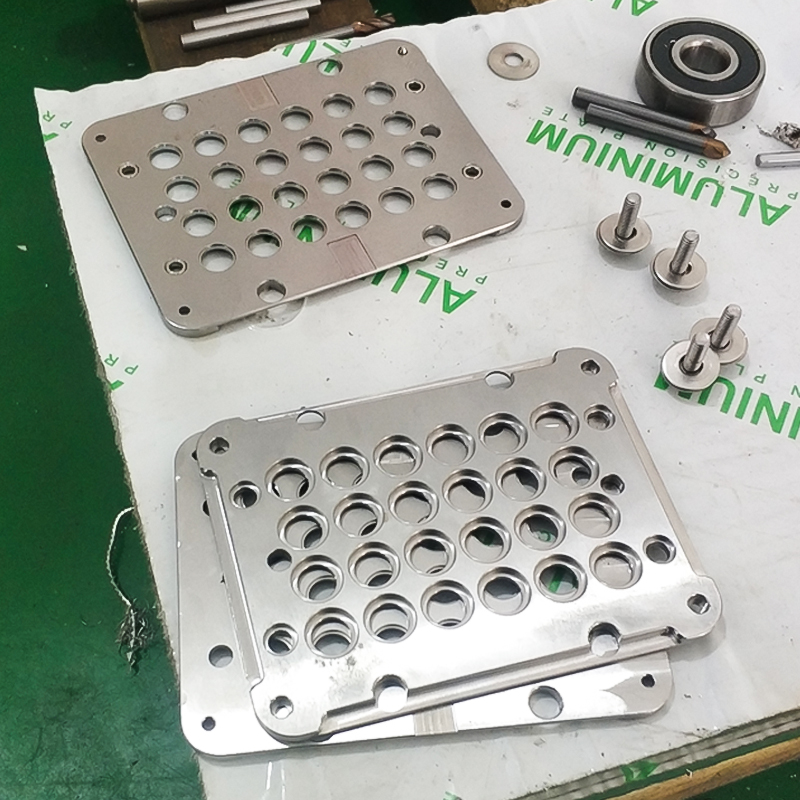
In addition, reasonable selection of process parameters is also the key to achieving part accuracy. Process parameters include cutting speed, feed rate, and cutting depth. The selection of these parameters will directly affect factors such as cutting force and cutting temperature, which in turn will affect the machining quality and accuracy of the parts. In the process of mechanical processing, selecting appropriate process parameters based on factors such as workpiece material and shape, tool type and performance can achieve high-precision machining of parts.
Finally, good process control is also an important means to improve the accuracy of parts. Including process control, equipment control, and operation control. Scientific and reasonable process control can effectively reduce errors and minimize fluctuations in machining accuracy in every stage of mechanical processing. For example, in feed control, using a closed-loop control system can achieve precise control of feed speed and position accuracy; During the cutting process, the use of an automatic tool compensation system can adjust the tool life in a timely manner, ensuring the cutting performance and machining accuracy of the tool. Therefore, good process control is the key to achieving high precision of parts.
In summary, the key to achieving part accuracy in mechanical processing is to choose appropriate machine tools, cutting tools, process parameters, and process control. In actual production, appropriate processing methods and related parameters should be selected based on the specific requirements of the workpiece, combined with material characteristics and processing technology requirements. By continuously optimizing and improving the technical level and quality assurance capability of mechanical processing, we can better meet the requirements of part accuracy.


 Spanish
Spanish Arabic
Arabic French
French Portuguese
Portuguese Belarusian
Belarusian Japanese
Japanese Russian
Russian Malay
Malay Icelandic
Icelandic Bulgarian
Bulgarian Azerbaijani
Azerbaijani Estonian
Estonian Irish
Irish Polish
Polish Persian
Persian Boolean
Boolean Danish
Danish German
German Filipino
Filipino Finnish
Finnish Korean
Korean Dutch
Dutch Galician
Galician Catalan
Catalan Czech
Czech Croatian
Croatian Latin
Latin Latvian
Latvian Romanian
Romanian Maltese
Maltese Macedonian
Macedonian Norwegian
Norwegian Swedish
Swedish Serbian
Serbian Slovak
Slovak Slovenian
Slovenian Swahili
Swahili Thai
Thai Turkish
Turkish Welsh
Welsh Urdu
Urdu Ukrainian
Ukrainian Greek
Greek Hungarian
Hungarian Italian
Italian Yiddish
Yiddish Indonesian
Indonesian Vietnamese
Vietnamese Haitian Creole
Haitian Creole Spanish Basque
Spanish Basque

